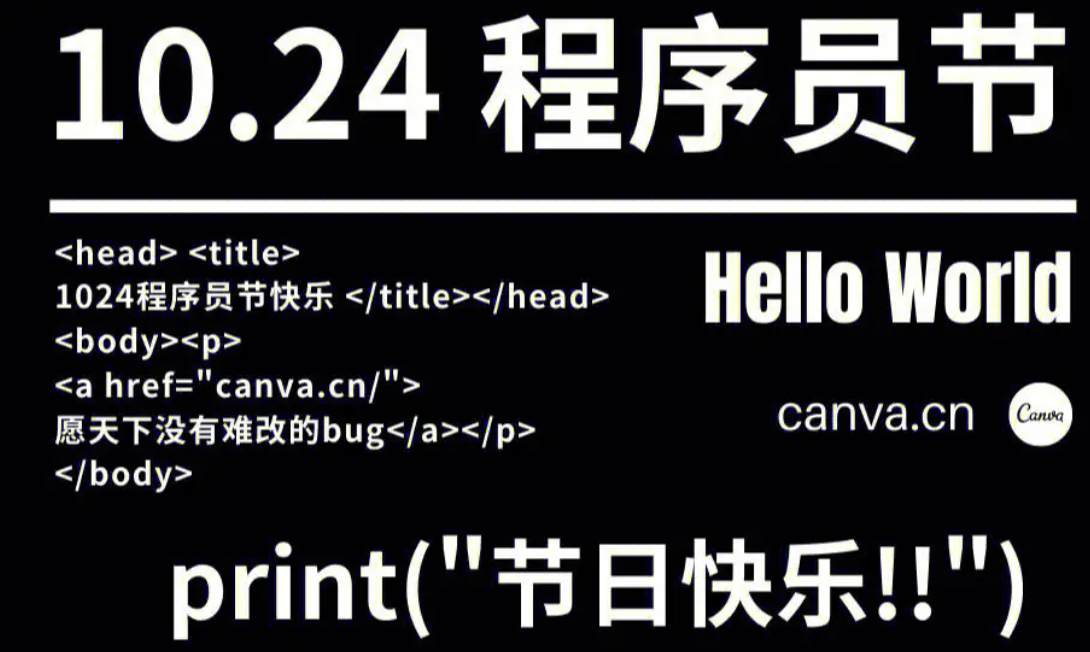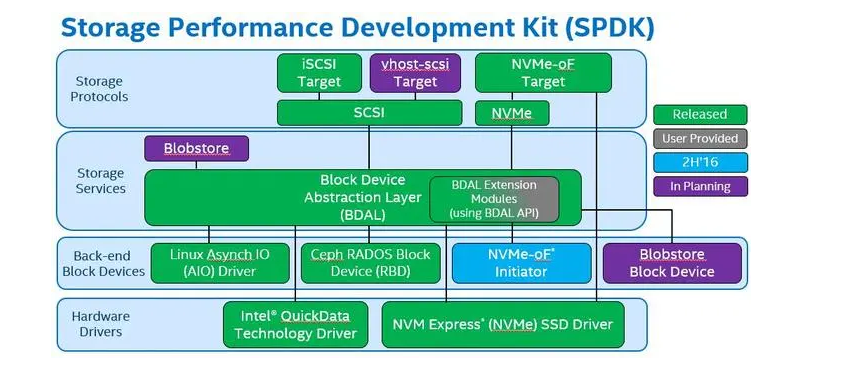要在 JavaScript 中修改 self.form.prepend(htmlContent); 的插入部分的布局,可以使用 insertAdjacentHTML 方法,这样你可以更灵活地选择插入的位置。这里是一个示例,展示了如何在指定的元素内插入 HTML 内容,并且保留原有布局结构:
for (let i = 0; i < dialogData.data.loanAndCustomerList.length; i++) {
const dataInfo = dialogData.data.loanAndCustomerList[i];
console.log(dataInfo);
const htmlContent = `
<div class="row" style="margin-top:7px">
<div class="col-md-4" style="overflow-wrap: break-word;">
<label for="name${i}" class="control-label col-sm-4" style="display: inline-block; white-space: nowrap;">
Name ${i}
</label>
<div class="orientation col-sm-8" style="padding-left: 0px; padding-right: 0px;">
<input class="form-control" type="text" value="${dataInfo.name || ''}" disabled="disabled"/>
</div>
</div>
<!-- Add other fields here as needed -->
</div>
`;
// 使用 insertAdjacentHTML 方法来插入内容
self.form.insertAdjacentHTML('afterbegin', htmlContent);
}
说明:
insertAdjacentHTML:该方法允许你将 HTML 字符串解析为节点并插入到 DOM 中,而不会影响现有的元素。它的第一个参数是位置标识符,例如'afterbegin'表示在目标元素内部开始处插入。${dataInfo.name || ''}:确保如果dataInfo.name为undefined或空,则输入框会显示为空字符串。
这样,你就可以更加灵活地控制新内容的插入方式,而不必完全依赖于 prepend 方法。
内容由零声教学AI助手提供,问题来源于学员提问





















